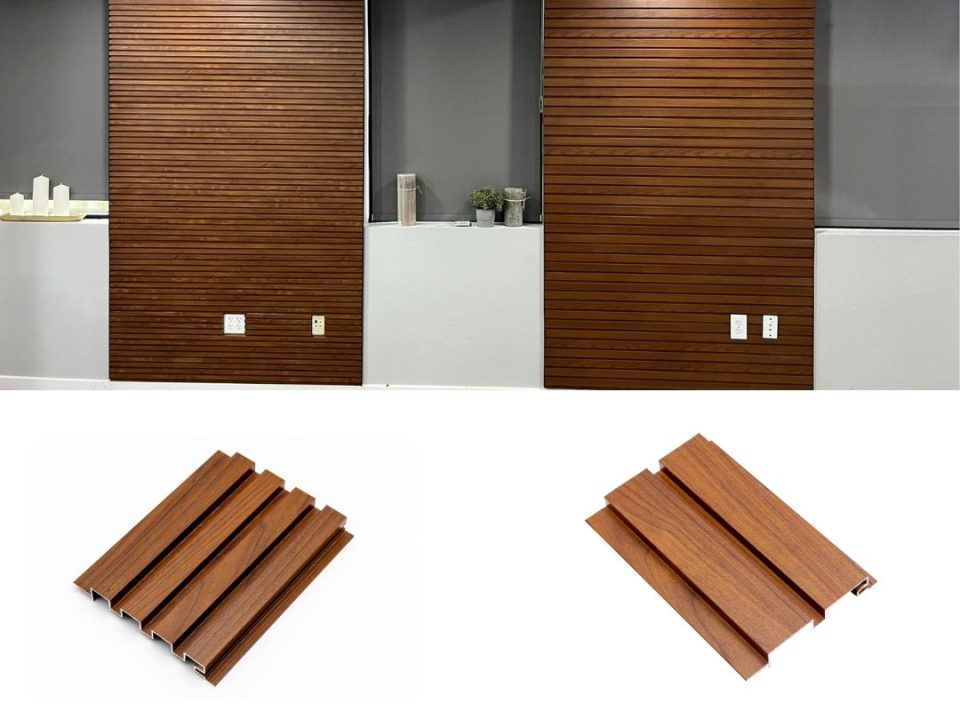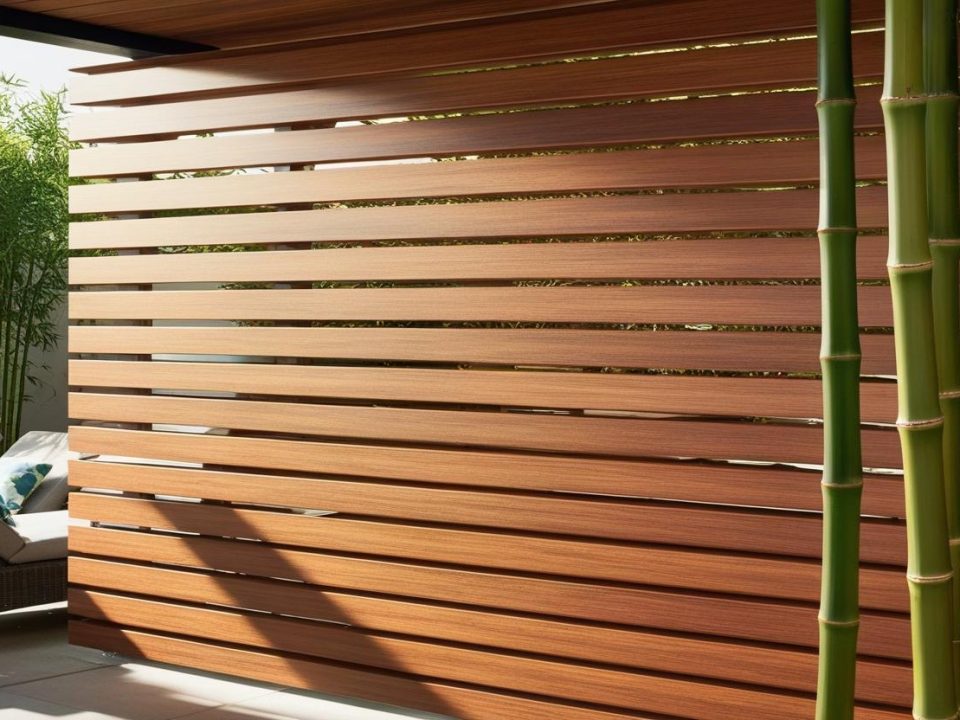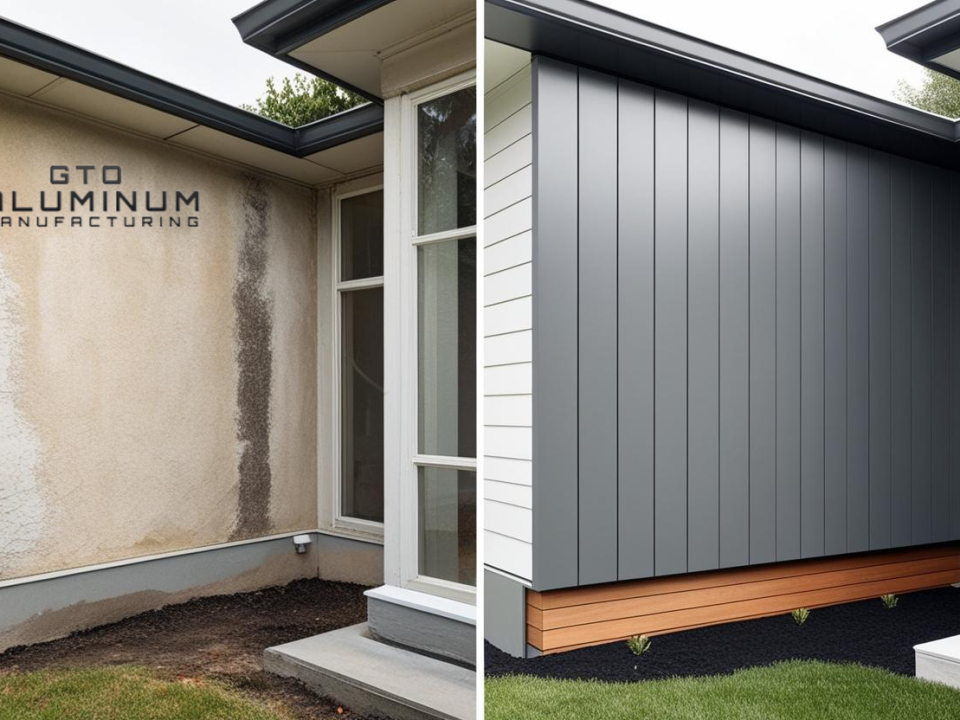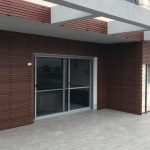
Why Aluminum Cladding is the Green Building Material of the Future
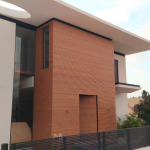
Top 6 Benefits of Aluminum Cladding for Prefabricated Buildings
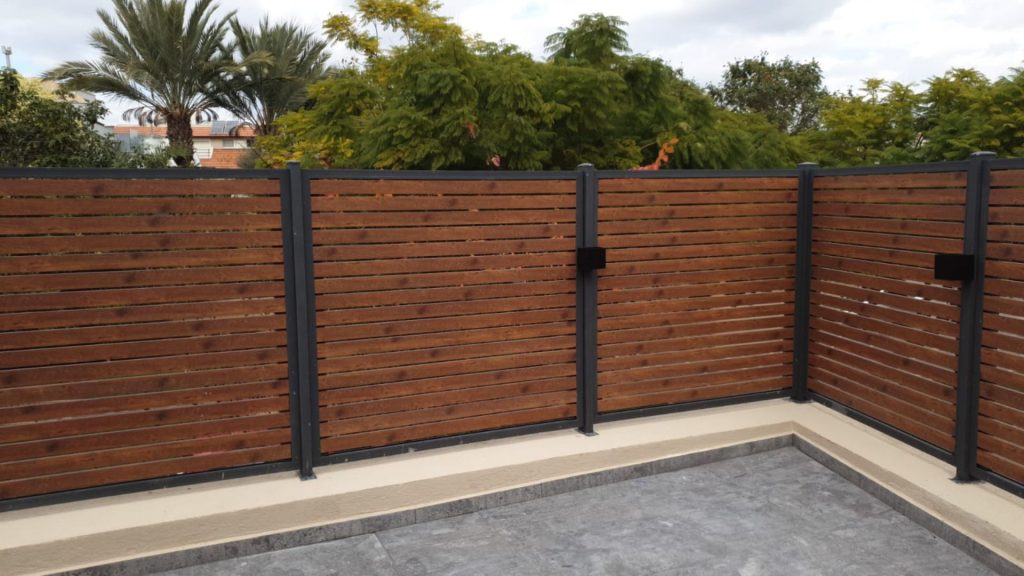
Achieving LEED (Leadership in Energy and Environmental Design) certification is a significant milestone for any building project, signaling a strong commitment to sustainability and environmental responsibility. Aluminum cladding has emerged as a powerful ally in this process, offering numerous benefits that help builders and developers secure valuable LEED points.
This blog will explore how aluminum cladding can simplify your path to LEED certification, ensuring your project meets the highest standards of green building.
1. Understanding LEED Certification and Its Importance
LEED certification, managed by the U.S. Green Building Council (USGBC), is a globally recognized standard that evaluates the environmental performance of buildings. Projects can achieve different levels of certification—Certified, Silver, Gold, and Platinum—based on the number of points earned across several categories, including energy efficiency, materials and resources, and indoor environmental quality.
LEED-certified buildings are designed to reduce energy consumption, minimize waste, and create healthier environments for occupants, all of which contribute to long-term cost savings and increased property value.
2. Aluminum Cladding: A Key Player in Energy Efficiency
One of the most significant contributions aluminum cladding makes to LEED certification is in the area of energy efficiency. Aluminum’s reflective properties help reduce heat absorption, which in turn lowers the need for air conditioning during hot months.
This can contribute to earning points in the “Energy and Atmosphere” category, where projects are evaluated on their ability to optimize energy performance. Additionally, aluminum cladding can be part of advanced insulation systems that further enhance a building’s thermal efficiency, supporting the reduction of energy usage year-round.
3. Sustainable Materials and Resources
Aluminum’s recyclability is a major asset in meeting the “Materials and Resources” criteria of LEED certification. Aluminum can be recycled indefinitely without losing its quality, making it a prime example of a material that supports a circular economy. Many aluminum cladding products are made with a high percentage of post-consumer recycled content, which can contribute to LEED points in this category.
Using recycled aluminum reduces the environmental impact associated with raw material extraction and processing, aligning perfectly with the goals of sustainable building.
4. Enhancing Indoor Environmental Quality
The role of aluminum cladding extends beyond external performance to impact indoor environmental quality (IEQ) as well. By improving a building’s thermal performance and contributing to better insulation, aluminum cladding can help maintain consistent indoor temperatures and reduce the reliance on HVAC systems.
This not only supports energy efficiency but also enhances the comfort of occupants, which is a key consideration in the IEQ category of LEED certification. Furthermore, aluminum is non-toxic and does not emit harmful VOCs (Volatile Organic Compounds), contributing to healthier indoor air quality.
5. Innovation in Design with Aluminum Cladding
Aluminum cladding opens up possibilities for innovation in building design, which can earn additional LEED points under the “Innovation” category. The flexibility of aluminum allows for creative architectural solutions that can address specific sustainability challenges, such as integrating renewable energy systems or designing for enhanced natural light penetration.
These innovative approaches not only make buildings more sustainable but also more functional and aesthetically pleasing.
6. Real-World Success Stories
Numerous projects around the world have leveraged aluminum cladding to achieve LEED certification. For instance, the San Ysidro Land of Port Entry, a LEED Platinum project, used aluminum cladding extensively to meet stringent environmental and performance standards. This project serves as a testament to the versatility and effectiveness of aluminum in supporting green building initiatives.
Conclusion
Aluminum cladding is more than just an exterior finish; it’s a strategic choice that can significantly boost your building’s sustainability credentials and ease the path to LEED certification.
From improving energy efficiency and reducing environmental impact to enhancing indoor air quality and enabling innovative designs, aluminum cladding provides a comprehensive solution for green building. By choosing aluminum, you’re not just meeting LEED standards—you’re setting a new benchmark for sustainable construction.


